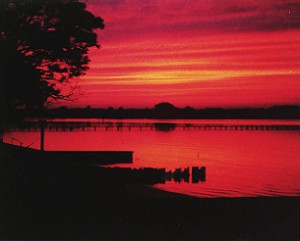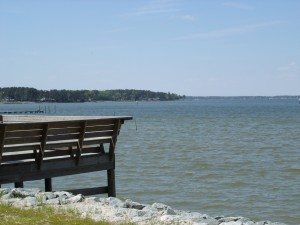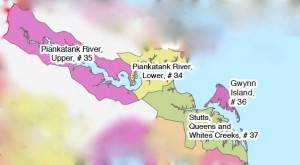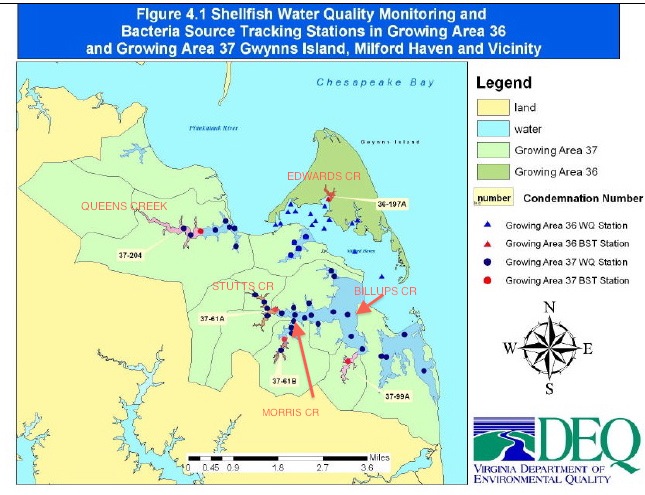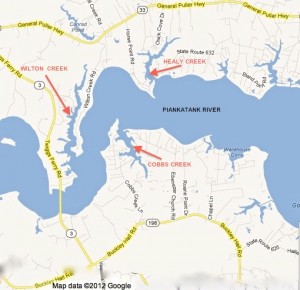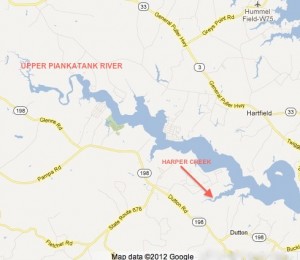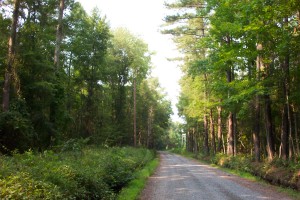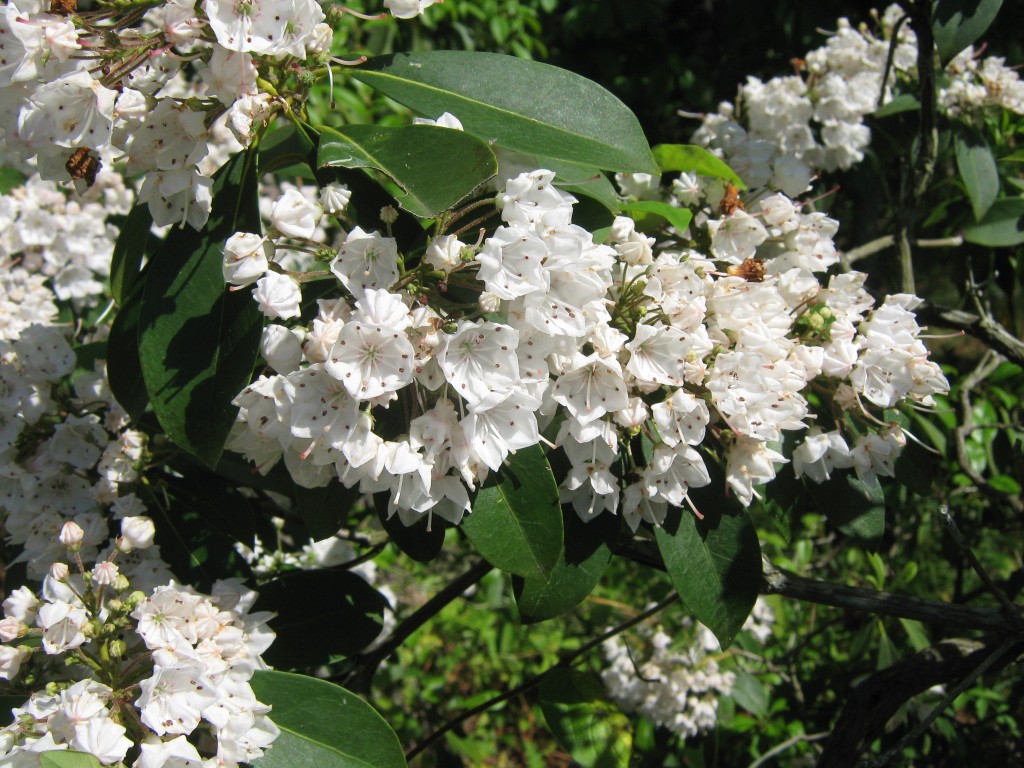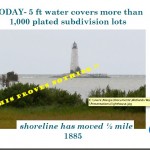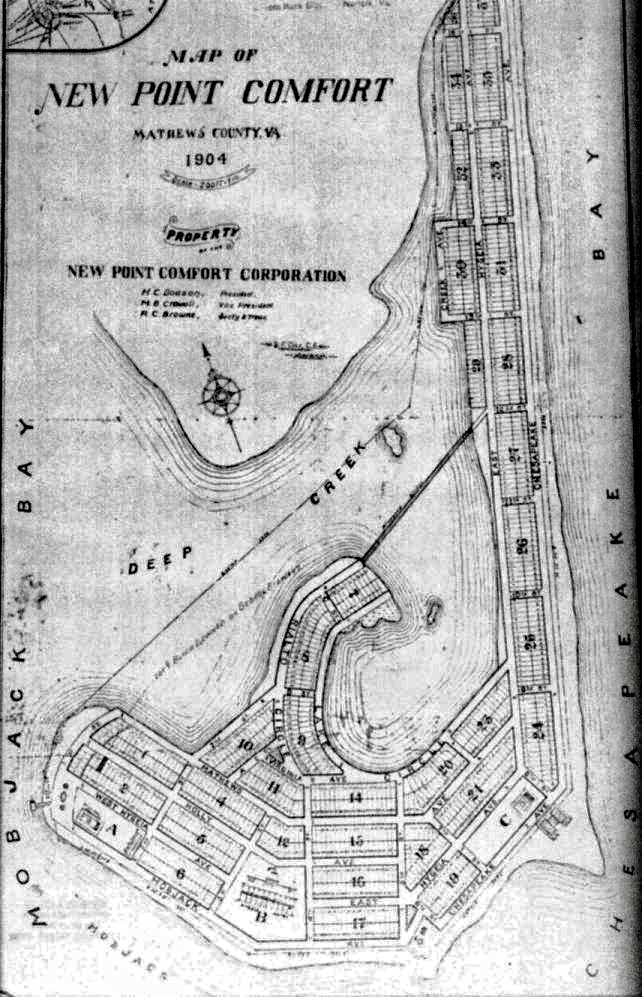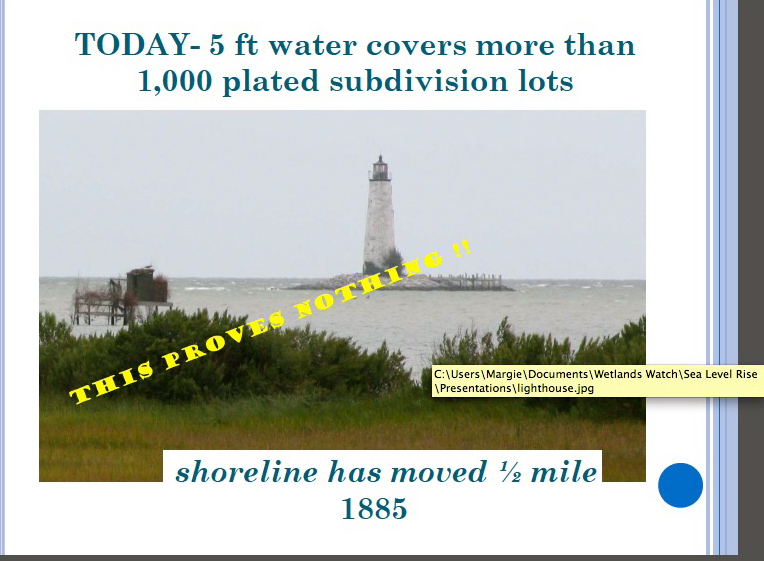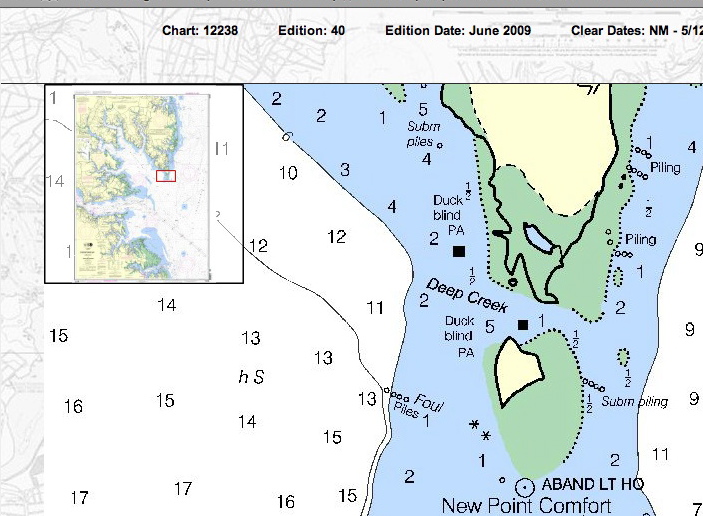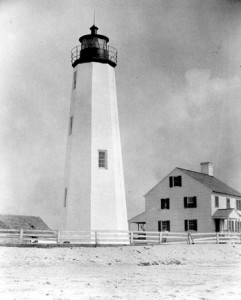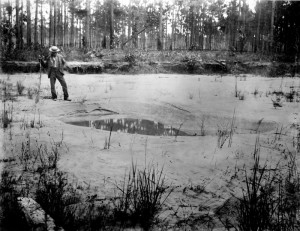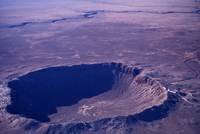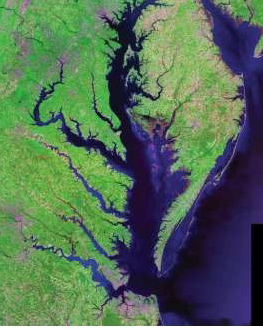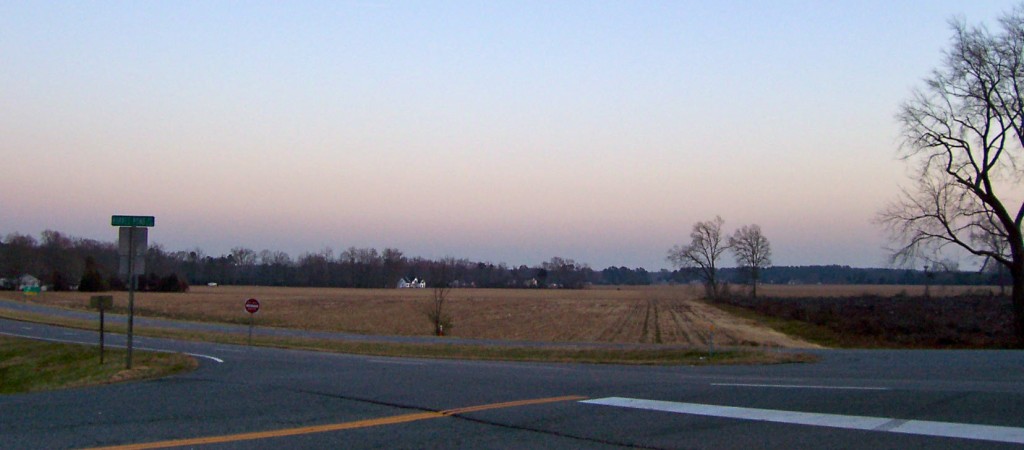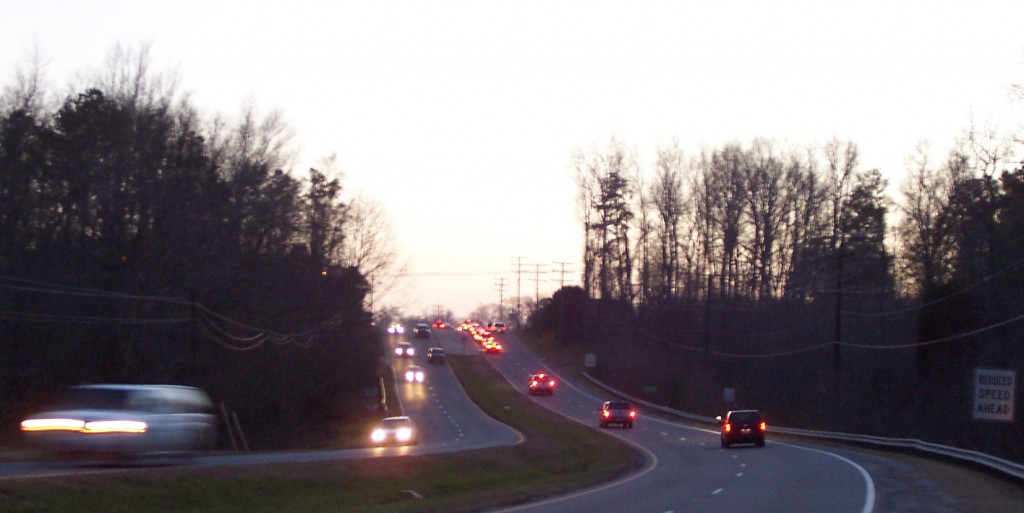About 50 people came to the TMDL meeting in Hartfield, including Mathews County Supervisor Janine Burns and Planning Director John Shaw. About the biggest piece of new information was the BST test– bacterial source tracking — is no longer being used to identify the most likely source of fecal coliform contamination. That takes care of concerns over accuracy of the tests, but we don’t know yet how, or if, specific sources can be determined at this point.
As most of those attending expected, septic systems, agricultural practices, livestock and pets were cited as the areas the implementation plan will target. Wildlife, including Canada geese, were initially dismissed as a significant factor, but the residential/recreational workgroup did get a recommendation on record to involve DGIF or other agencies in exploring this aspect of the problem. It’s still unclear why agencies involved with wildlife are not participating in TMDL meetings from the beginning, if only to provide fact sheets and a point of future contact.
The Department of Environmental Quality (DEQ, along with the Departments of Conservation and Recreation (DCR) and Mines, Minerals and Energy (DMME), issued a TMDL Six Year Progress Report for 2000 – 2006, in March, 2007. In discussing the challenges faced in the Metro Richmond area, the report cited: “Wildlife (such as geese, ducks, beaver, & deer) likely contributes to the impairment. Methodologies to address these sources may need to be explored and evaluated.” (If there are more recent reports about the results of such evaluations, they’ll be reported here as soon as they’re identified.)
Questions about possible discharges from boats caused heated exchanges, as did the question of the necessity to attempt to bring impaired waters up to the strict standards necessary for shellfish cultivation. For Virginia to continue interstate sales of shellfish, there is no option other than for the state to continue to monitor and report on all shellfish shoreline areas and to develop plans to attempt to clear up impaired waters.
The lack of a sound system and projected graphs and charts that were only visible from the front rows added to the charged atmosphere at times, but overall, the meeting was civil, and DEQ and DCR representatives and residents in attendance were able to express their points of view. There were questions left unanswered due to the time restraints, but by the next meeting, answers should be available on all of them.
This process leading to the creation of TMDL Implementation Plans is not going to be quick or easy. Some of the possible BMPs (Best Management Practices) presented at the meeting may be helpful. We’ll know better after these are reviewed and considered in depth. I do believe the people involved on all sides are sincere and care about the results, and that the IPs will not just be cookie-cutter versions of other IPs. There is a lot of work to be done locally to achieve that result.
But just when I thought we had a sense of how this whole TMDL process works, we learned from a Southside Sentinel article that the Army Corps of Engineers has plans in progress for the Piankatank and other rivers in the Chesapeake Bay watershed in Maryland and Virginia involving oyster sanctuaries, a fairly significant detail not mentioned in the TMDL meeting, and not at all obvious on either the DEQ or DCR websites. I’ve looked at a lot of TMDL related documents the past few weeks, and the Army Corps of Engineers and oyster sanctuaries didn’t pop out anywhere. A quick look at the Norfolk District Army Corps of Engineers website found this image-link:


